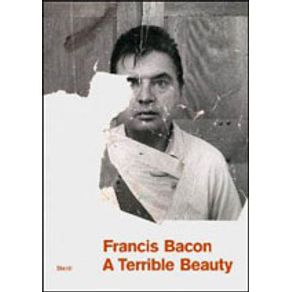No artist's studio rivals Francis Bacon's in terms of sheer iconic pungency. The artist's furious hurricanes of creativity were writ large upon its walls, scattered across its floors in a sea of paint pots, brushes, discarded canvases and much-abused source and reference materials, all of which seemed to bespeak Bacon's chaotically rigorous processes: bodybuilding snaps, reproductions of Muybridge time-lapse sequences, photo-booth self-portraits, magazine cuttings, tattered monographs, medical textbooks with images of unusual and often horrific wounds and diseases, and countless photos of friends such as Lucian Freud, John Deakin, Isabel Rawsthorne, Muriel Belcher and George Dyer, from which the artist built his portraits of them. Bacon's exceptional eloquence on the subject of his painting process, taken in combination with the iconicity and visual impact of his studio (now preserved at the Hugh Lane Municipal Gallery at the Dublin City Gallery), enables his admirers to envisage something of how his paintings were made. In celebration of the centenary of Bacon's birth, and chiming with an exhibition at the Dublin City Gallery, A Terrible Beauty excavates Bacon's studio to reveal the methods, materials and processes through which Bacon arrived at his paintings. Drawing on the Hugh Lane's vast archive of materials, it gathers new scholarship and insights from Rebecca Daniels, Barbara Dawson, Marcel Fincke, Martin Harrison, Jessica O'Donnell, Joanna Shepard and Logan Sisley, and is a major publication for Bacon fans and scholars alike.


